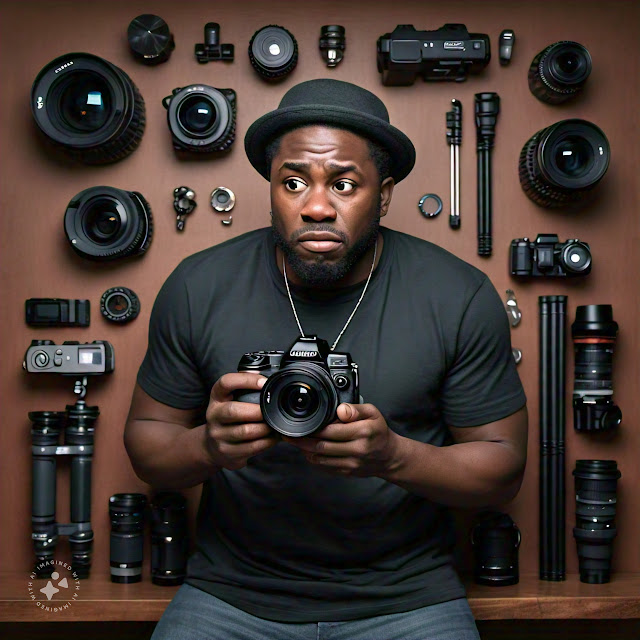Understanding Over Equipment: Why Your Knowledge Matters More Than Your Gear
In the world of photography, a common misconception persists: that better equipment guarantees better photos. While having high-end gear can enhance your capabilities, it’s the understanding and skill of the photographer that truly makes the difference. Let's explore why understanding photography is far more important than the equipment you use. The Myth of the Gear It's easy to get caught up in the allure of the latest camera bodies, lenses, and accessories. Marketing often suggests that having the newest gear will instantly elevate your work to professional levels. However, many seasoned photographers will tell you that equipment is only a small part of the equation. Consider This: Iconic Photos with Simple Cameras : Some of the most iconic photographs in history were taken with what we would now consider basic or outdated equipment. The power of these images lies in the photographer's vision and skill, not in the technology they used. The Power of Understanding Compositi...
%20-%20Copy.jpeg)


.jpg)

Comments
Post a Comment